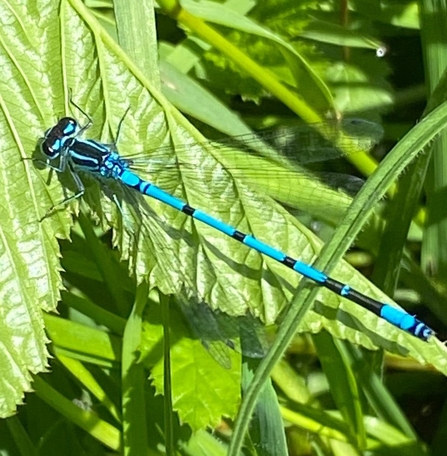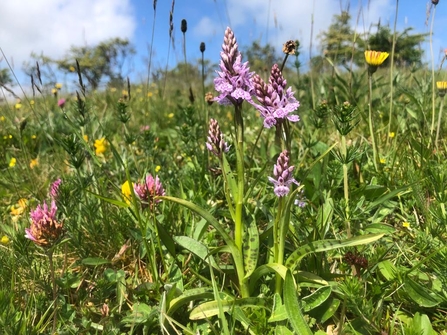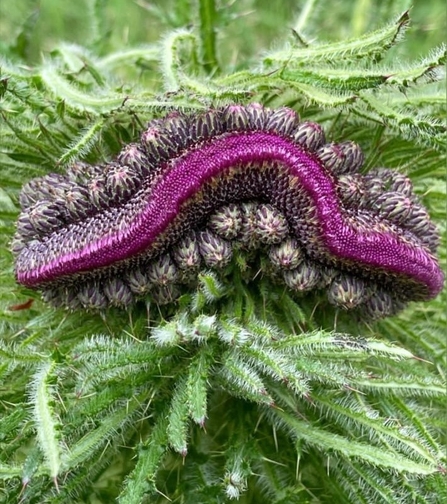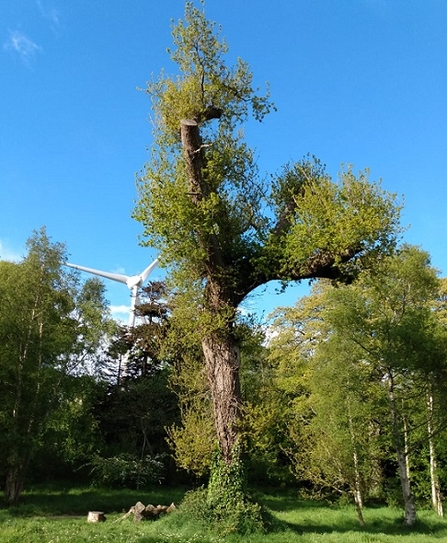Damsels and Dragons
Damselflies and dragonflies area now starting to appear at our nature reserves.
We spotted 12 large red damselflies and a hairy dragonfly at Ballynahone Bog as well as two hairstreak butterflies. The stunning small blue azure damselfly below was spotted at Bog Meadows.
Did you know there are 11 damselfly species and 13 dragonfly species resident in Ireland? ~ Andy Crory, Nature Reserves Manager





